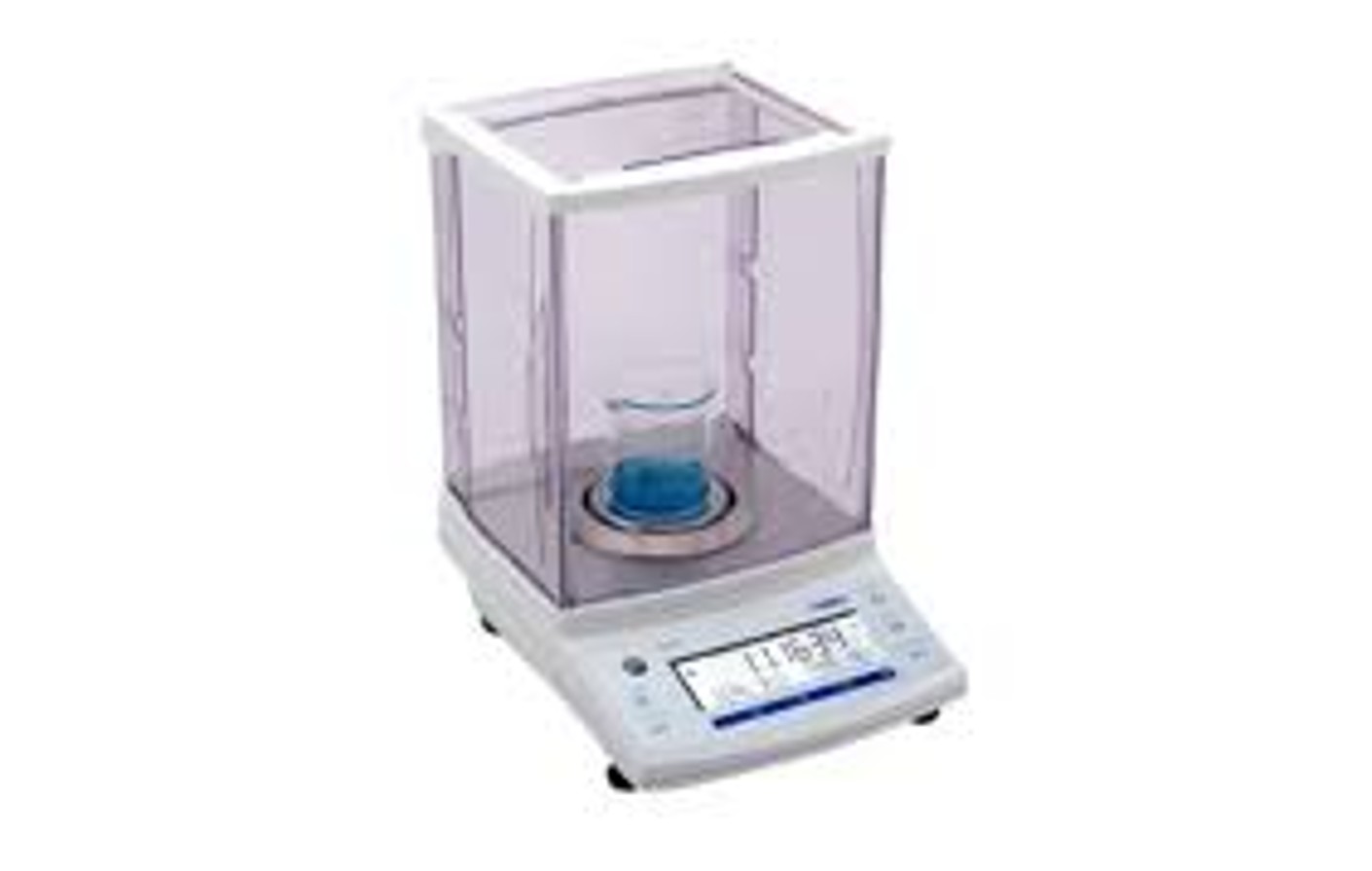NEWS
Electronic Analytical Balances

In the world of science and research, precision is key. Accurate measurements of substances are essential for any experiment, and an electronic analytical balance is the tool of choice to ensure accurate readings. With these balances, you can obtain reliable results quickly and easily every time. In this article, we’ll look at what electronic analytical balances are and how they work, their many benefits, what to consider when shopping for one, as well as how to maintain it properly so it will last you a long time. With clear explanations and helpful tips from experts in the field, this article will guide you through everything you need to know about electronic analytical balances.
Overview of Electronic Analytical Balances
An electronic analytical balance is a precision instrument used to measure the mass of small samples. It is an essential tool for scientists and researchers, as it allows for accurate measurements quickly and easily. Electronic analytical balances differ from other types of balances in that they are equipped with specialized components such as a display, keypad, and internal weighing mechanism.
The most common measurement taken with an electronic analytical balance is mass, but there are also other types of measurements that can be taken such as volume or density. The accuracy of the measurement depends on how well the balance has been calibrated and maintained. Calibration should be done regularly in order to ensure accuracy, while maintenance includes cleaning and checking all components for any signs of wear or damage.
Benefits and Uses of an Electronic Analytical Balance
An electronic analytical balance is an essential tool for achieving precise measurements of ingredients, samples and more. Its portability allows it to be transported easily and its intuitive functions make it simple to use with minimal maintenance requirements. It is important to consider factors such as readability, repeatability, operating temperature range, and minimum weight capacity when choosing a balance that best meets your needs. Additionally, regular cleaning of the weighing pan and recalibration must take place in order to ensure accuracy over time. By understanding the benefits and uses of this instrument you will be better equipped to select the right one for your laboratory as well as maintain it correctly for long-term accuracy.
What to Consider When Shopping for an Electronic Analytical Balance
Shopping for an electronic analytical balance can be overwhelming, as there are many factors to consider when making a purchase. It is essential to choose a balance that meets the accuracy and capacity requirements of the intended application. Here are some key points to consider when shopping for an electronic analytical balance:
Accuracy & Capacity – The type of accuracy required will depend on the application and should match the sample size being measured. Additionally, it’s important to determine the maximum load capacity needed for the application.
Features – Depending on your needs, you may want a balance with special features such as draft shields, USB connection, or GLP/GMP compliance.
Budget – Make sure to factor in budget considerations when selecting an electronic analytical balance—you don’t want to end up spending more than necessary or purchasing something too low-end that won’t meet your needs.
Size & Shape – Be sure to measure available space in your workspace before purchasing a specific model. If space is limited, you may need to opt for a different shape or size of balance than originally planned in order for it to fit properly into its designated area.
Regular Cleaning & Recalibration – Regular cleaning and recalibration should be done according to manufacturer instructions in order to maintain optimal performance over time. This is especially important if proper safety protocols aren’t observed while using the device as dust particles can easily accumulate on its surface and throw off readings. By considering these key points when shopping for an electronic analytical balance, you can ensure that you make an informed decision that meets your needs and fits within your budget. Ultimately, this will help ensure accurate measurements over time—critical for any laboratory setting!
How to Maintain and Troubleshoot Your Electronic Analytical Balance
Having an electronic analytical balance is great for accurately measuring the mass of small samples, but it’s important to keep your balance in good working order. Regularly checking the calibration and keeping the balance clean and free from dust or debris are essential steps in maintaining accuracy and reliability. Here are some additional tips on maintaining your electronic analytical balance:
1. Avoid liquids – Liquids should never come in contact with any part of your electronic analytical balance, as they can cause damage to the instrument. If you spill something on your balance, turn it off immediately and take it apart to properly clean and dry each part before attempting to use it again.
2. Check for worn-out or damaged parts – Over time, certain components of your electronic analytical balance may become worn out or damaged due to regular use. Be sure to inspect all parts periodically for signs of wear or damage and replace them if necessary.
3. Follow special instructions provided by manufacturer – Different types of balances have different requirements for calibrations and maintenance, so be sure to follow any special instructions given by the manufacturer in order to maintain optimal performance over time.
By following these guidelines, readers can ensure that their electronic analytical balance remains accurate and reliable for years to come!
Umar Nisar was born and raised in the busy city of Abbottabad. As a journalist, Umar Nisar has contributed to many online publications including PAK Today and the Huffing Post. In regards to academics, Umar Nisar earned a degree in business from the Abbottabad UST, Havelian. Umar Nisar follows the money and covers all aspects of emerging tech here at The Hear Up.
Thanks










